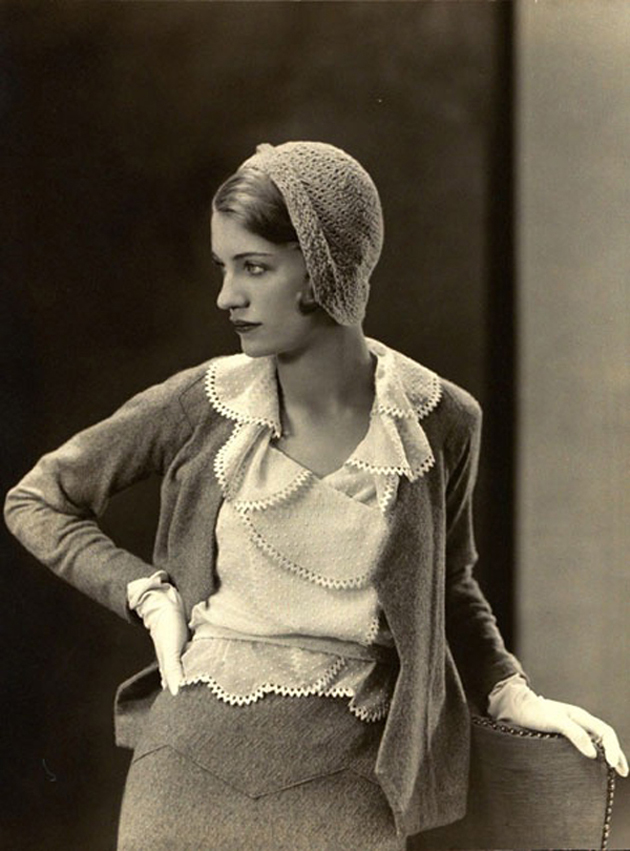

Not all of Miller’s wartime fashion photographs are wonderful, for at times she had to contend with what shortages and restrictions did to clothes. British Vogue, like the government, urged women to shop with commands like, “It’s your job to spend gallantly.” It also urged them to maintain their beauty regimes to keep up their own and their soldiers’ morale. In her telling, fashion become a form of resistance. Unlike its American counterpart, British Vogue hardly ran any of Miller’s war photos, instead focusing on her fashion shots, such as the 1944 Petersham in Wool.Ĭonekin’s coverage of British Vogue during the war years is a particular revelation.

Curiously, a couple of her finest fashion pictures were never published, and it is gratifying to see them here.

On occasion Miller inserted humor or arresting Surrealist touches: Two of the most original pictures in this book are an art photograph of the desert and an unpublished self-portrait in which she dreamily embraces two ultra-elegant china sphinxes. Miller was a favorite model for both, and their pictures of her are among the best in this book, with some of Miller’s own subsequent photographs recalling the classically static style and remote elegance that were hallmarks of the work of these mentors. She learned about lighting and surrealism from Man Ray and more about photography from George Hoyningen-Huene and Edward Steichen, two pioneers of fashion photography in the 1930s. Miller’s fashion photography is less well known than her art and war photographs a new book, Lee Miller in Fashion (The Monacelli Press) attempts to fill a gap with never-published images and others unseen since the 1940s. Her life, which has been recounted elsewhere (notably by her son, Antony Penrose), still fascinates, as does her photography. Eventually, she turned to photography herself, and during World War II she earned fame as both the preeminent fashion photographer for British Vogue and a front-line war photographer. (Her breast was said to be the mold for the champagne glass, an honor earlier accorded to Marie Antoinette.) She became Man Ray’s assistant, muse, and lover and she was a friend of Picasso, members of the Surrealist circle and just about everybody who was anybody. Having endured a traumatic childhood - she was raped at the age of seven and infected with a venereal disease - Miller later gained fame as a superb fashion model. Lee Miller (1907-1977) lived a life like no other, moving from anguish to freedom, from high glamour to high achievement. All photos © Lee Miller Archives and courtesy of The Monacelli Press November 13, 2013Lee Miller was well-known as a fashion model, muse and war photographer but she also was an accomplished fashion photographer, as demonstrated in The Latest Hat, which she shot in Vogue’s London studio in 1942.


 0 kommentar(er)
0 kommentar(er)
